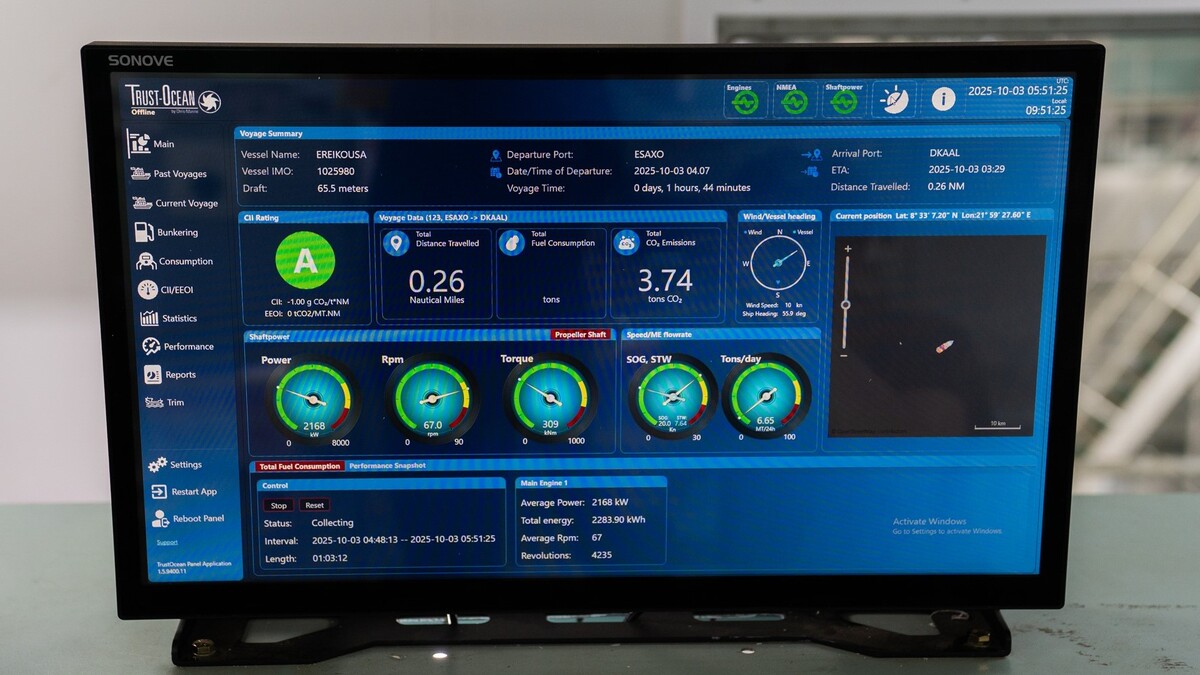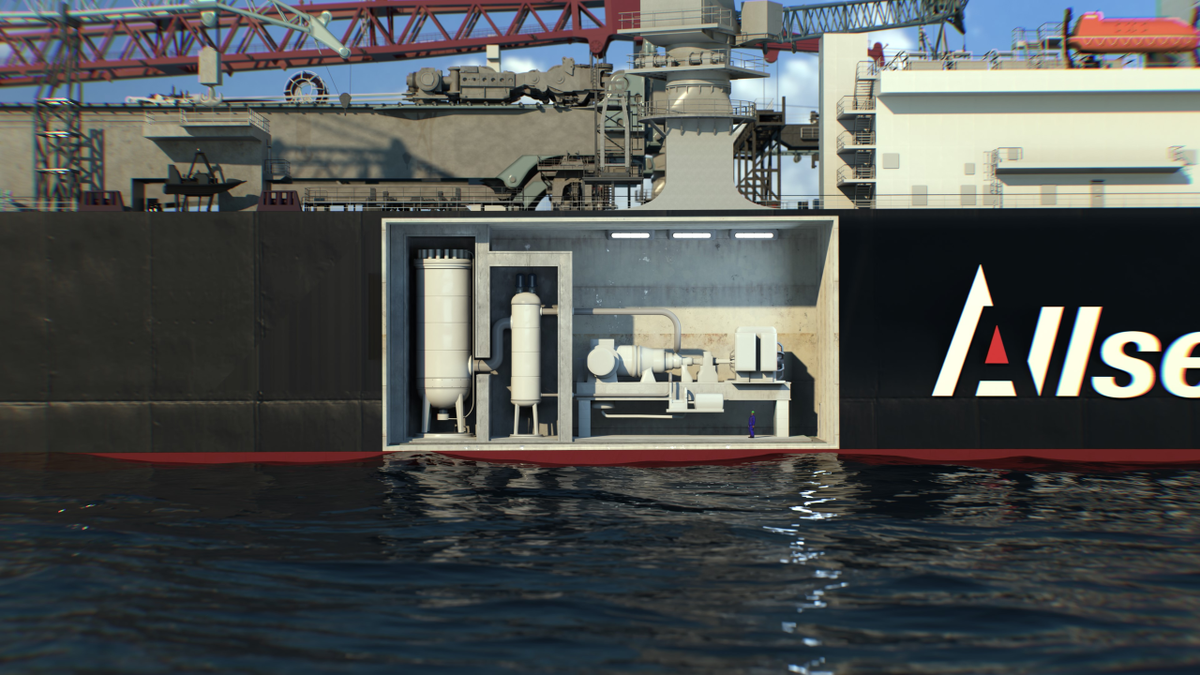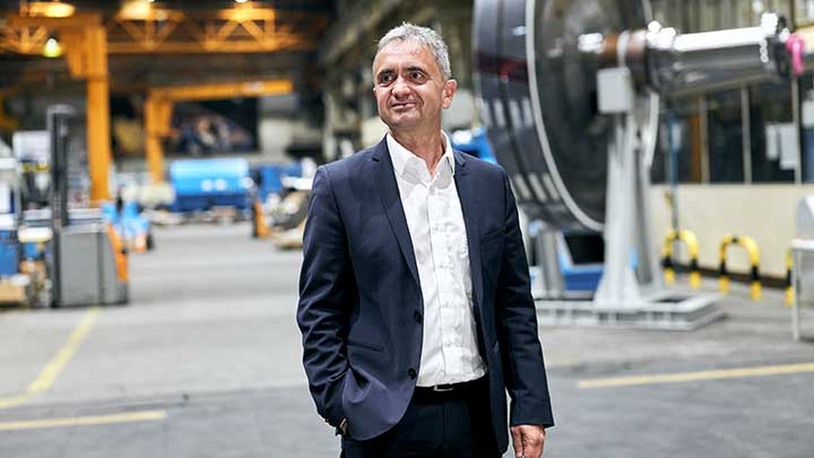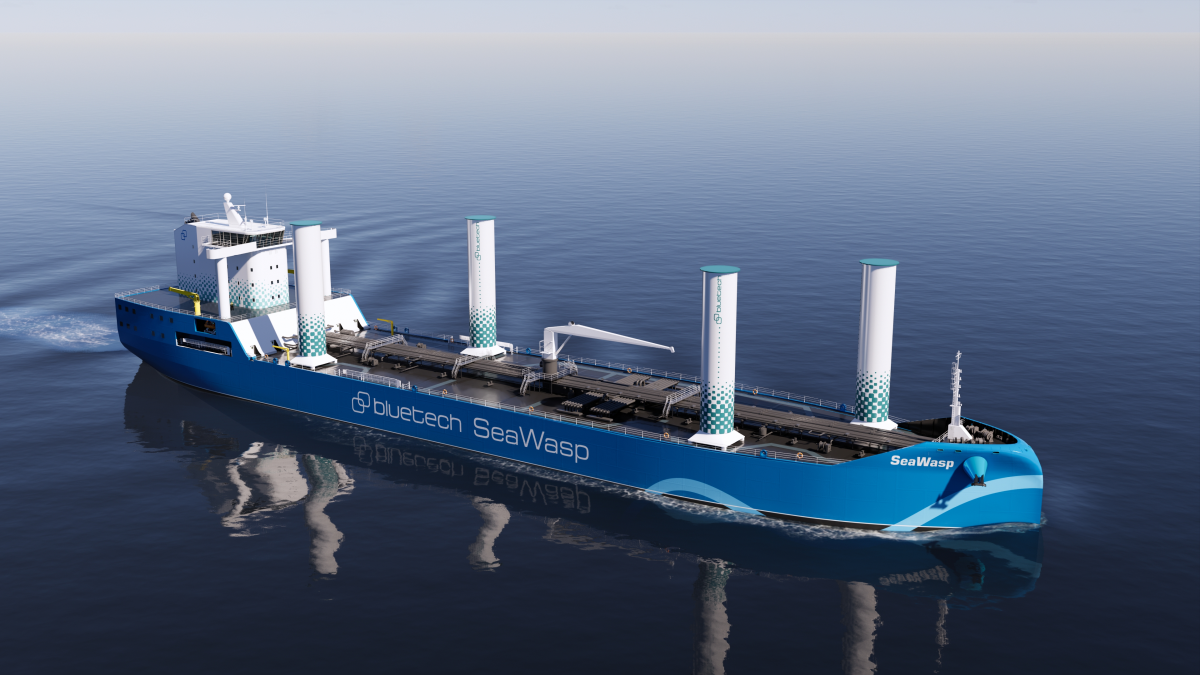Business Sectors
Contents
Offshore contractor Allseas ‘going nuclear’ with plan for small modular reactors
Offshore contractor Allseas has launched a five-year plan to design, develop and deploy a small modular reactor (SMR) tailored for integration into offshore vessels and for onshore use
Allseas project manager nuclear Stephanie Heerema said, “Nuclear is the next frontier in safe, clean and reliable offshore and onshore energy. As a family owned company, continuity and preservation for future generations are central to how we work. We have built our reputation on turning bold ideas into ground-breaking solutions to meet the offshore industry’s evolving needs.
“Our goal is to start production at a dedicated facility by 2030,” said Ms Heerema. “Initial deployment will likely begin on land while offshore regulations are finalised, followed by application on our own vessels and broader industry adoption. This aligns with our own sustainability targets – 30% emissions reduction by 2030, and net-zero operations by 2050.”
Allseas has set out a five-year roadmap for the project. In the first 12 months it will finalise initial design studies for offshore and onshore use. This will be followed by prototype development and prelicensing discussions in consultation with key stakeholders, including regulators such as the Dutch Authority for Nuclear Safety and Radiation Protection; International Maritime Organization; International Atomic Energy Agency; safety and classification bodies including Lloyd’s Register; and in close collaboration with research and innovation partners including TNO, the Netherlands Organisation for Applied Scientific Research; NRG PALLAS, which specialises in the use of nuclear materials; TU Delft, the largest technology university in the Netherlands; and KVNR, the Royal Association of Dutch Shipowners.
Allseas has selected high-temperature gas-cooled reactors (HTGRs) in the 25-MWe range, due to their inherently safe characteristics. This fourth-generation reactor technology generates energy without combustion or emissions.
HTGRs are powered by ‘TRISO’ fuel particles, each representing a sphere with the size of a poppy seed. Each particle contains a uranium oxide core, coated with several layers of protective ceramic that securely contain fission products, even under extreme conditions. The technology results in ‘passive safety’: the reactor self-regulates and remains stable, keeping temperatures well below critical thresholds. In the unlikely event of malfunction, the system automatically cools down and shuts off without the need for active intervention or external cooling. Responsible waste management is central to Allseas’ long-term plan, and the company is exploring circular approaches, such as the reuse of graphite and reprocessing of spent TRISO fuel, to further reduce environmental impact, ensuring waste management remains a key consideration throughout the SMR lifecycle.
Delft University of Technology has been working on an inherently safe microreactor based on HTR technology for more than a decade. NRG PALLAS has been involved in safety demonstrations of pebble fuel containing TRISO. This has been successfully demonstrated for several clients in a high flux reactor in Petten. TRISO fuel has proved to be robust and safe, they say.
“Nuclear provides a true zero carbon solution for maritime without compromising on performance,” said Lloyd’s Register global power to X director Mark Tipping. “We are seeing growing recognition of this in industry.
“This technology is key to achieve the energy transition and strategic autonomy in the maritime and offshore sector,” said TNO chief operating officer Maarten Tossings. “Its use could strengthen the long-term competitiveness of Dutch and European industry.”
KVNR managing director Annet Koster said the technology “offers the Netherlands the opportunity to develop an innovative global export product and become a leader in net-zero shipping and contributes to Europe’s broader goals of enhancing energy security, boosting industrial competitiveness, and building strategic autonomy.”
“Building on 40 years of engineering expertise in the offshore energy industry, this move into nuclear marks the next bold step – delivering clean, high-performance energy systems to sea and shore,” said the company.
“The maritime sector contributes 3% to global CO2 emissions. Alternative fuels like hydrogen, methanol and ammonia have limitations in terms of availability, scalability and cost, particularly for remote, energy-intensive operations. Nuclear offers unmatched energy density, combining zero emissions with stable, scalable power supply.”
Sign up for Riviera’s series of technical and operational webinars and conferences:
- Register to attend by visiting our events page.
- Watch recordings from all of our webinars in the webinar library.
Related to this Story
Events
International Bulk Shipping Conference 2025
Tankers 2030 Conference
Maritime Navigation Innovation Webinar Week
© 2024 Riviera Maritime Media Ltd.














